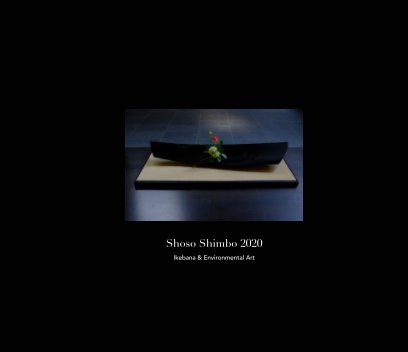I have presented two hypothesis regarding why the great Ikebana boom ended. First, a training to become good house wives has become less important. Second, the Japanese traditional spiritual vales have lost their integrating function in a wealthier society. As the second hypothesis was complicated, I give a supplemental information this time.
I have written before that Ikebana can be popular again if we can prove the effectiveness of Ikebana as a spiritual training in contemporary society. However, my prediction may be too opportunistic. In particular, if the spiritual training in Ikebana is assumed to be based on the traditional values, it may not attract many people.
I’m not saying that the traditional values based on Shinto, Buddhism or Confucius are meaningless, but we may need to reevaluate these from more contemporary perspective. For instance, environmental issues are significant today. Shinto actually has a very interesting attitudes to nature that we may appreciate. Such attitudes are already inherent in Ikebana. All we have to do is just shift our focus to those aspects that had not received attentions that they deserve.
How about promoting Ikebana as a training to learn new spiritual values and environmental aesthetics that help us regain connection to nature? This may not work instantly, but I think that Ikebana has a potential to contribute to the creation of new spiritual values that the Japanese society is in need of.
The International Society of Ikebana Studies (ISIS) would play an important role in such reevaluation of Ikebana. Please visit ISIS’s website to subscribe our annual journal.
The International Society of Ikebana Studies (ISIS) would play an important role in such reevaluation of Ikebana. Please visit ISIS’s website to subscribe our annual journal.
This work, “C is for Cat” has been selected as a finalist for the Deakin University Contemporary Small Sculpture Award 2013. I showed an aspect of Ikebana as contemporary art with a sense of humor.
As part of Melbourne Now, I will present a collaborative work, Buto Ikebana with Yumi Umiumare at the National Gallery of Victoria. Please visit my site for the details. http://www.shoso.com.au
References
International Society of Ikebana Studies: http://ikebana-isis.org
Watters, A. W. et al. (2013) Occupational engagement and meaning: The experience of Ikebana practice. Journal of Occupational Science, Vol. 20, No.3, pp.262-277.

























